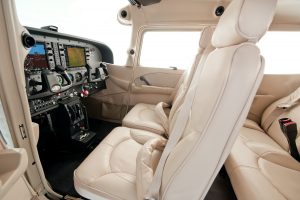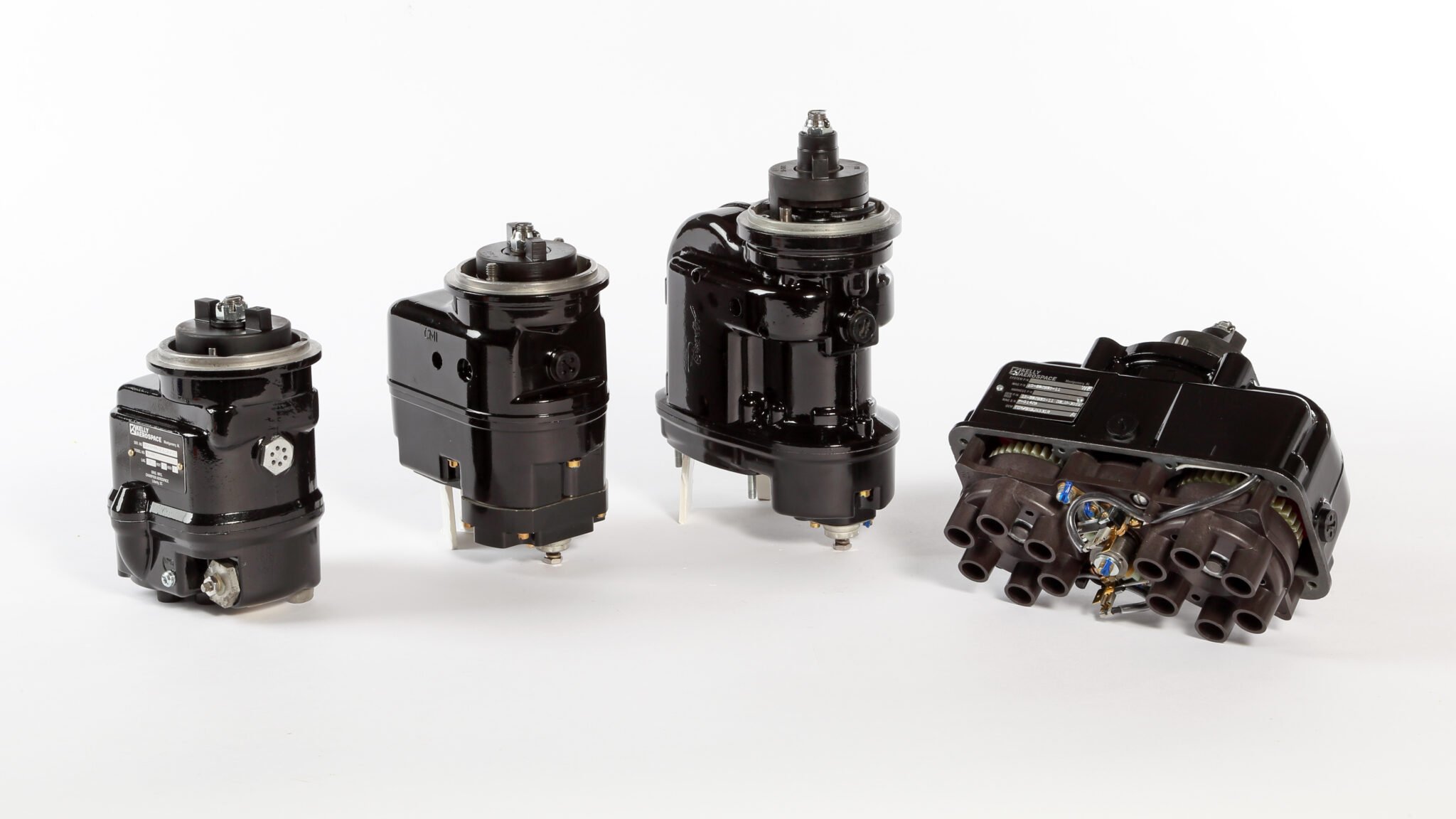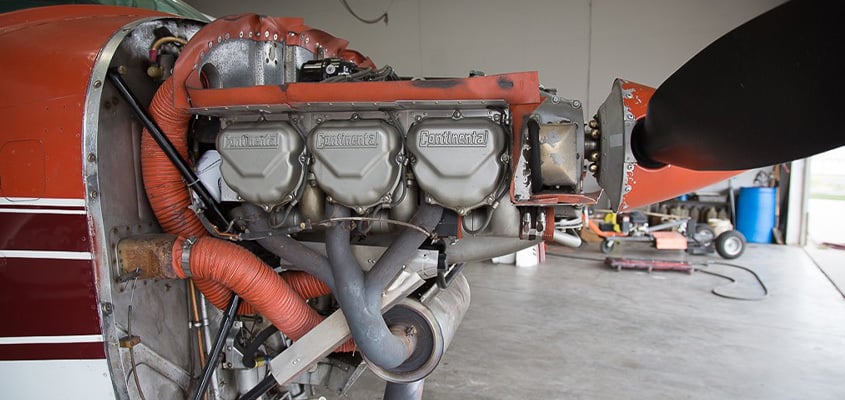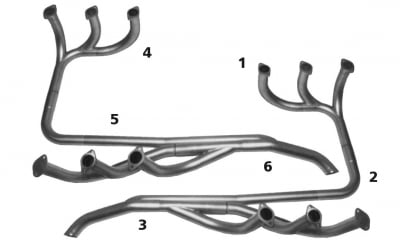Top 4 Most Popular Cessna Aircraft You Need to Know
Top 4 Most Popular Cessna Aircraft You Need to Know
Cessna aircraft are a favorite among new pilots. They are commonly used in training programs because they’re famously easy to navigate and handle, providing ample opportunities for beginner pilots to enhance their aviation skills.
Some of the most common attributes that make Cessna planes so popular are that they’re quick, lightweight, and have several functionalities to support pilots at all levels. We’ve narrowed down four of the most popular Cessna aircraft choices to familiarize you with the brand. Even with this knowledge at your disposal, we strongly recommend that you rely on professional aviation experts who are familiar with the intimate technicalities of aircraft to ensure maximum safety.
We can service your light aircraft exhaust repair with hundreds of FAA/PMA-approved parts on the shelf and ready to ship.
Cessna 140
The Cessna 140 was developed from the Cessna 12, a two-seat conventional landing gear light utility airplane with cantilever wings supported by two wing struts on each side. The 140 boasted a more powerful engine, larger fuel capacity, and improved landing gear. It was first produced in 1946, immediately after World War II.
The preliminary design of the Cessna 140 was greatly criticized, as it was deemed not powerful enough to fulfill speed requirements. Its original design came with a Continental C-85-12 or C-85-12F horizontally opposed, air-cooled, four-cylinder piston engine of 85 hp or 63 kW. According to most owners and/or operators, it is not a highly maneuverable aircraft. Because of its weight, it is vulnerable to winds. And as you’d expect from a high-wing aircraft, the 140’s wing configuration promotes stability while decreasing maneuverability.
The most popular variant of its kind is the 140A, which was introduced in 1949. It offered a metal wing with more effective flaps and a redesigned instrument panel. It was also available as the Patroller model, which included Plexiglass dors, a message chute, and an impressive 42-gallon fuel capacity with an endurance of approximately seven hours.
Overall, you can expect a pleasant flight with the Cessna 140 because of its gentle handling and ideal characteristics that allow easy takeoff and landing. It offers good visibility over the nose, which is great for relaxing weekend flights or professional pilot training.
Cessna 150
After production of the 140 ceased, Cessna started designing an improved trainer – and that’s when they came up with the all-metal, two-seat tricycle landing gear Cessna 150. It was introduced in 1959 as the ‘World’s Premier Trainer’ and would go on to train 250,000 pilots and counting. To date, a total of 23,839 of the 150 have been created, making it the fifth most popular produced aircraft in the world.
The C-150 was the first plane for many student pilots after 1959, with its large rudder and flaps allowing beginners to become comfortable and familiar with the controls. The original model had limited visibility as it didn’t have a rear window, but high-wing aircraft essentially had no upward visibility anyway due to the wing. It did, however, have large windows on each cabin door and two smaller windows on the sides of the fuselage.
This aircraft went through twelve unique variations, with each one bringing about new changes. The earlier models, the Cessna 150B and 150C, were the lightest and most aerodynamic, giving them the fasted cruise speed of any Cessna 150, at a breakneck 109 knots. The C-150D introduced the rear window to the 150 line, debuting under the name ‘Omni-Vision’. The 1966 model produced the most 150s in one year at a total of 3067. The Cessna 150K offered the unique aerobatic trainer, which, along with the 150L, had the longest production run of all the variants.
Depending on the variant, you can upgrade the Cessna 150 to a decent aerobatic trainer, a light cross-country plane, or simply a standard trainer. Like with all legacy models, there are inevitably plenty of little things to tweak and fix, but most of the used C-150s on the market have already been taken care of as a family plane or commuter. You won’t be disappointed with a standard, trustworthy plane like the Cessna 150.
Cessna 152
The Cessna 152 was based on the earlier C-150, but with a few minor design changes incorporated, as well as a slightly more powerful engine and a longer time between overhaul. It is well suited for flight training and personal use, as it is relatively affordable and easy to fly.
Although it is not the fastest aircraft, it is generally uncomplicated to operate. You don’t need to worry about factors like the best manifold and RPM settings or procedures for the failure of retractable gear. However, you may experience difficulty when a crosswind occurs. C-152s require vigilance in tricky winds; this gives pilots-in-training a chance to put their skills to the test to master crosswind landings.
Aside from challenging gale-force winds, it is the gentle handling of the C-152 that makes it so enjoyable to fly. Weight and balance can be tricky, but landings and takeoffs are easy, and once trimmed in flight, not much effort is required to maintain the ideal altitude.
Although the Cessna 152 has been out of production for almost forty years, many existing models today are still airworthy and in regular use for flight training.
Cessna 172 Skyhawk
Based on its longevity and popularity, the Cessna 172 Skyhawk is the most successful aircraft in the history of aviation. First flown in 1955, more 172 models have been built than any other aircraft. Most flight schools around the world have C-172s in use, since they are aerodynamically stable and easy to handle for beginner pilots. Its high-wing design also gives students the benefit of added visibility.
As of 2015, Cessna and its partners had built more than 44,000 units of the 172, with production remaining in operations today still.
The Cessna 172 was developed from its predecessor the Cessna 170, but with tricycle landing gear rather than conventional landing gear. It also saw unique changes such as an angular tailfin, lowered rear deck, and larger elevators. It was these modifications that increased the plane’s popularity, with at least 14,000 airplanes produced within just one year of its debut. The Skyhawk name was originally meant for a trim package, but the this moniker would prove to stick, being eventually applied to all standard-production 172 aircraft.
Here’s a fun fact: in 1958, the Cessna 172 set a world record for the longest flight without landing. From December 1958 to February 1959, pilots Bob Timm and John Cook flew a C-172 nonstop for a whopping 64 days, 22 hours, and 19 minutes. This record remains unbroken to this day.
Final Thoughts
This list of planes is just a small glimpse into the long history of the general aviation aircraft brand Cessna. Knisley Welding caters to the aircraft exhaust systems of several Cessna aircraft. For more information on how Knisley Welding can help you with your Cessna aircraft, give us a call and we will gladly entertain your inquiries.



